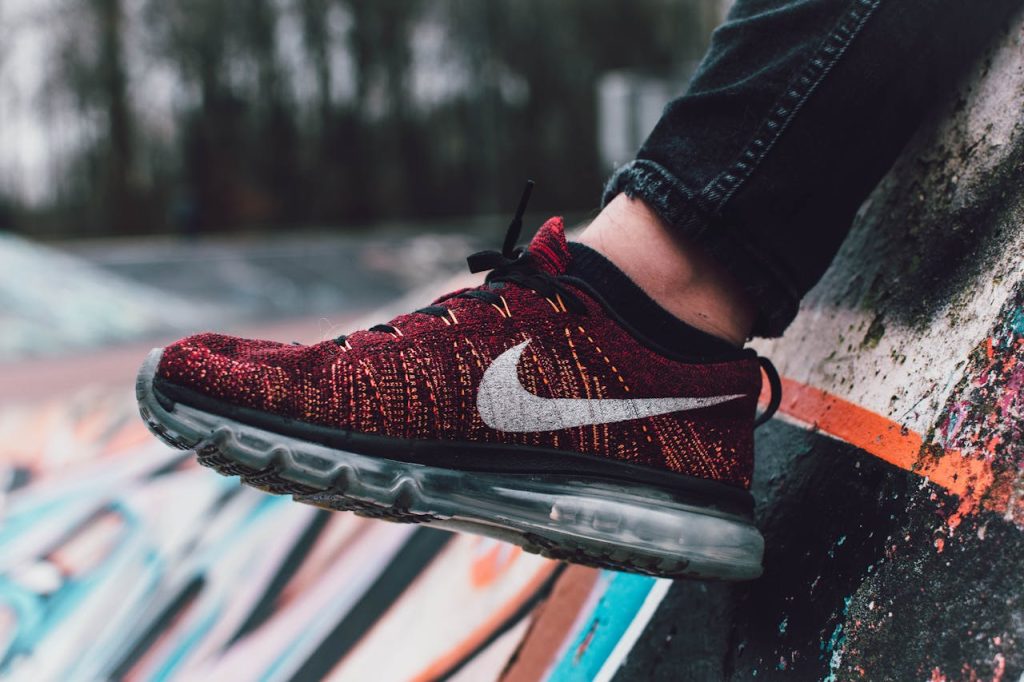
When it comes to CrossFit, having the right shoes can make all the difference. The intensity and variety of movements demand footwear that not only supports your feet but also enhances performance. But how do you ensure those shoes fit just right?
Finding the perfect pair is more than just trying them on; it’s about understanding your foot shape, testing for comfort during various workouts, and ensuring they provide adequate support. In this guide, we’ll delve into effective methods for checking the fit of CrossFit shoes so you can tackle WODs with confidence and ease. Let’s get started!
h2: Understanding the Importance of Proper Fit
Proper fit in CrossFit shoes is crucial for optimal performance. When your footwear fits well, you can move more freely and confidently. This enhances your agility during workouts, whether you’re jumping, running, or lifting weights.
Ill-fitting shoes can lead to discomfort and even injuries over time. Blisters, calluses, and foot pain are common issues that arise from poor-fitting footwear. You want a shoe that hugs your foot without pinching or constricting it.
Additionally, the right fit helps ensure stability during lifts and dynamic movements. A secure heel counter keeps your foot anchored in place while providing the support needed for heavy squats or deadlifts.
Proper fit improves overall efficiency in every workout session. With shoes that cater to your unique foot shape and size, you’ll notice a boost in both comfort levels and performance outcomes as you push through those challenging exercises.
h2: Evaluating Crossfit Shoes Fit Methods
Finding the right fit for your CrossFit shoes is crucial. Several methods can help you evaluate whether a shoe meets your needs. Start by assessing the length of the shoe. There should be about a thumb’s width of space between your longest toe and the front of the shoe.
Next, width matters significantly as well. Shoes that are too narrow can cause discomfort during workouts, while overly wide options may lead to instability. Walk around in them to gauge how they feel; notice if there’s any pinching or slipping.
The heel area is another essential factor. A snug fit at the heel prevents movement during high-intensity activities like box jumps and sprinting.
Pay attention to arch support based on your foot type—flat feet may need more cushioning than those with high arches for optimal performance during workouts.
h2: Expert Recommendations on Checking Crossfit Shoe Fit
When assessing the fit of CrossFit shoes, experts suggest starting with a snug but comfortable feel. Your toes should lightly brush the front of the shoe without feeling cramped. This balance helps prevent toe injuries during intense workouts.
Next, consider your heel’s position. It should stay securely in place as you move, without any slipping or rubbing. A well-fitted heel prevents blisters and enhances overall stability during lifts and jumps.
Also, pay attention to arch support. Each foot has its unique shape; therefore, choosing a shoe that accommodates your specific arch type is crucial for comfort and performance. You may want to try shoes designed for flat feet or high arches based on your needs.
Always test the shoes in-store if possible. Walk around and perform basic movements like squats or lunges to ensure they provide adequate support throughout various exercises commonly done in CrossFit workouts.
h3: Identifying Proper Fit Characteristics
When it comes to crossfit shoe fit, several key characteristics should guide your choice. First, the toe box should provide enough room for your toes to move freely without feeling pinched. You want a snug fit without cramping; this balance is crucial for performance.
Next, pay attention to heel security. Your heels should feel locked in place but not overly tight. A good heel cup will prevent slipping during dynamic movements like jumps and sprints.
Another important aspect is arch support. Everyone’s feet are different, so finding shoes that accommodate your specific arch type can make a significant difference in comfort and stability.
Evaluate cushioning and flexibility. Shoes need enough cushioning for impact absorption while still allowing natural foot movement during exercises like squats or lunges. Choosing shoes with these proper fit characteristics ensures you’re set up for success in every workout session.
h3: Utilizing Fit Guides and Tools
When searching for the perfect fit in CrossFit shoes, utilizing fit guides and tools can significantly enhance your shopping experience. Many brands offer detailed sizing charts that match foot measurements to shoe sizes. This is an essential first step, especially if you’re transitioning between different brands.
You might also find it helpful to use a brannock device or similar measuring tool. These devices measure both the length and width of your feet, providing you with accurate dimensions before trying on shoes. Knowing your precise size helps eliminate guesswork when comparing options.
Some online retailers provide virtual fitting tools that allow you to input your measurements for personalized recommendations. This technology considers brand variations, making sure you select the best-fitting option without stepping into a store.
Take advantage of customer reviews and feedback regarding shoe fit. Other athletes often share their experiences about how true-to-size a particular model runs or whether they found any issues with comfort or support during workouts.
h3: Ensuring Comfort and Support in Crossfit Shoes
Comfort and support are crucial when selecting CrossFit shoes. The right pair should feel like a second skin, allowing you to focus on your workout rather than adjusting your footwear.
Consider the cushioning of the shoe. A well-cushioned sole can absorb impact during high-intensity workouts while providing stability. Look for materials that offer responsive feedback without sacrificing comfort.
Next, pay attention to arch support. Shoes with adequate arch support help prevent injuries and enhance performance by distributing weight evenly across your foot. If you’re unsure about your arch type, consider getting fitted at a specialty store or using online resources.
Take note of the shoe’s breathability. Materials that allow airflow keep your feet dry and comfortable during long sessions, reducing the risk of blisters or discomfort from sweat accumulation. Prioritize finding a balance between all these elements for an optimal workout experience.
h3: Addressing Common Fit Questions and Concerns
When it comes to choosing the right CrossFit shoes, many questions may arise. Common concerns include sizing discrepancies and how different brands fit. Notably, each brand has its unique size chart that can lead to confusion. It’s vital to consult these charts before making a purchase.
Another prevalent question is about shoe width. Some athletes have narrow or wide feet, which can impact performance if not addressed properly. Look for models that come in various widths or opt for brands known for accommodating diverse foot shapes.
It’s also important to consider the type of socks you wear during workouts as this can influence fit significantly. A thicker sock might necessitate a half-size up from your regular size.
Remember that trying on shoes later in the day is ideal since feet tend to swell slightly throughout the day. This provides a more accurate representation of how they will feel during intense workouts.
By addressing these common concerns and focusing on proper fitting methods, you’ll maximize comfort and performance while reducing injury risks in your CrossFit journey.

I’m an enthusiast of digital finance and online entertainment, with extensive experience in the worlds of cryptocurrency, sports betting, and casino gaming. My mission is to provide readers with reliable information to help them make informed decisions in the realm of online gambling and digital investments. On this blog, I share the latest trends, platform reviews, and tips for safe and responsible gaming.
More Stories
What color shoes to wear with gray pants?
How to clean patent leather shoes?
What shoes to wear with grey suit?